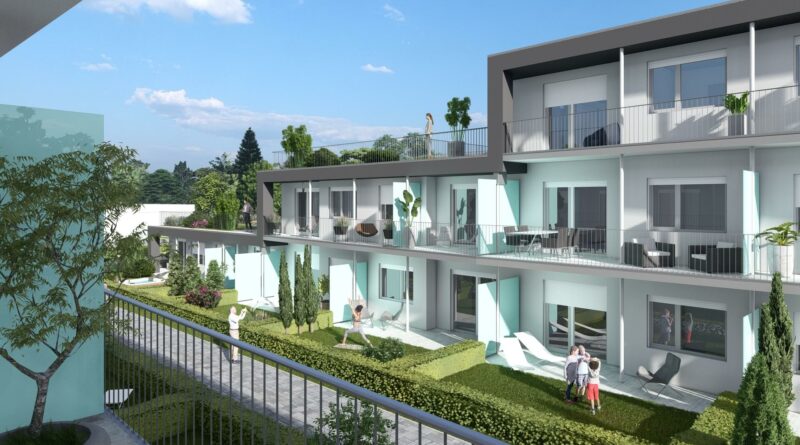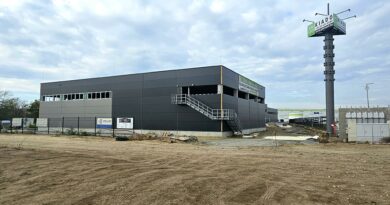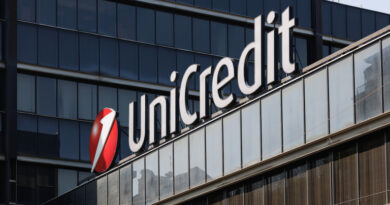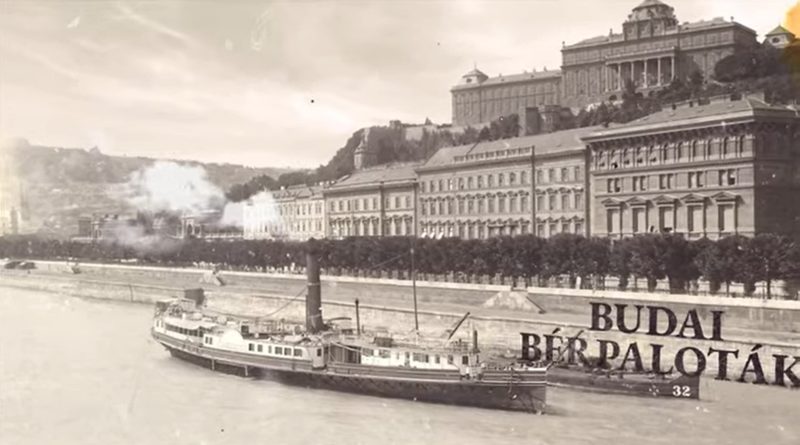Office in London or Retail in CEE is the Most Attractive Purchase in 2012
“In the current economic and financial storm Central and Eastern Europe (CEE) is not considered to be a haven safe enough. Therefore property investors rather target core and more liquid markets in Western Europe or North America. This is a clear change compared to 2011 when CEE could make a significant growth in volume compared to the previous year.” – Among others this was highlighted at CBRE’s 6th annual Property Investment Breakfast in Budapest, where the company presented key findings of its latest European Investor Intention Survey.
CBRE’s European Investor Intentions Survey 2012 was prepared with the participation of nearly 400 investors. According to their impression Western Europe is still the most attractive region for investment purchases this year. Despite the fact that CEE and the Middle East have higher growth rates than the Western European markets, money targets the so called “safe havens”. Investors have become more cautious with regards to geography of money allocation as a clear evidence of the Euro zone crisis. Besides the potential break-up of the Eurozone, the unavailability of debt financing and the opportunity of a double dip make investors worry to the greatest extent. In 2011 they were more worried about rising interest rates and weak occupier demand. Shortage of debt finance has been among the biggest threats quoted for years already.
Germany and France registered a strong performance in 2011 and investment volume increased significantly also in CEE last year; especially in Poland and in the Czech Republic. However, when looking at the Q1 2012 figures and the Investor Intentions Survey, trend is unlikely to continue. Warsaw could be an exception: the Polish capital is the second to London as the most targeted city for investment.
Buy office in London and a shopping centre in CEE
Investment to office and retail as asset class is likely to decline this year. In 2011 retail was the most sought after property sector among the investors – this was reflected also in the turnover figures. In CEE retail made up close to 50% of the overall investment volume. In 2012 survey logistics investment was rated higher than last year. Also residential properties are perceived to be more attractive on some markets. This is a reflection of significant price correction which created a business case for investment in these sectors.
According to the Investor Intentions Survey, investors’ sentiments are selective based on geography and asset classes. “There is now a clear correlation between asset class and geography: for example one trend seems to be to buy office in London, and shopping centres in CEE. In Hungary, there is a real story emerging to support the acquisition of offices inBudapest. Although, as expected – there is a real flight to quality, with investors only prepared to look at the most sustainable and defensive stock fornew acquisitions.” – said Tim O’ Sullivan, Head of Capital Markets at CBRE Budapest.
Prime assets remain investors’ favourite targets. Their expectations in 2011 were already very cautious as investors suggested that this segment of the market would not pick up until 2012/13 earliest and now it seems this will be postponed again. “It is not the right time to buy secondary assets. Fly to safety approach prevails not only in geographical terms but also that only prime is touched. However, bottleneck emerges in some sectors as the number of potential vendors decreases.” – added O’Sullivan.
„Definitely it is not easy to get finance nowadays. Banks prefer to deal with prime properties only and any purchase beyond this segment or outside of CBD can be hardly financed. This is not a Hungarian speciality but is very much in line with the pan-European trends. ” – added Andreas Ridder, CEE Chairman at CBRE. “Hungary currently offers definitely good opportunities for purchasers because the market is underpriced. Probably the situation here is much more interesting than most international investors see it” – he added.
Occupation market becomes a zero sum game
Eurozone crisis does not only impact the financing side of the real estate market in the form of lower market liquidity but it creates Pan-European uncertainty which erodes the outlooks for the real economies. Although market fundamentals in Europe have improved compared to the deepest point of the crisis, expectations are less positive than they were a year ago. The major issue is the low GDP growth prospect which impacts all European markets but the few exceptionally solid economies. Weak growth prospects couple with rising unemployment rates and visible default in the fight against public debt in a number of countries.
“Hungary is clearly not part of this ‘group of defaults’ but the country is not among the ones with a green sign for making more business.” – commented Gábor Borbély, Head of Research & Consultancy at CBRE Budapest. “I agree with the opinion that the years of growing are over for a long time and we are going to a new area where there is only a low level of growth. We believe that the year 2012 will be like 2011: no major changes to the positive or the negative.” – Ridder stated.
Regarding office occupation, low demand and virtually no new supply characterize the current Budapest market. This is not spectacular on the Pan-European scene; however, it is striking compared to Warsaw which has clearly emerged as the business and financial centre of the “new Europe”. Property owners in Hungary shall be prepared for a period without reasonable growth in demand for the coming 1-2 years.
“It is only seemingly a silent period – added Borbély. “The easy argument that there is no need for new office developments at current vacancy level has just been denied by new success stories. However, the current Budapest office market is a zero-sum game and this further enhances the competition. Certain market segments cope better and this can create opportunities for knowledgeable investors.”
































